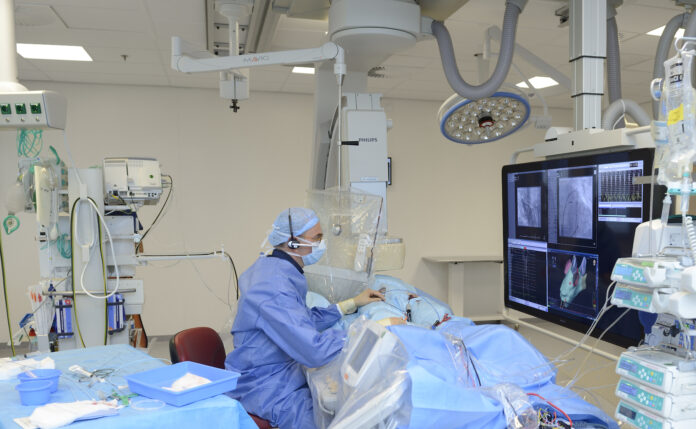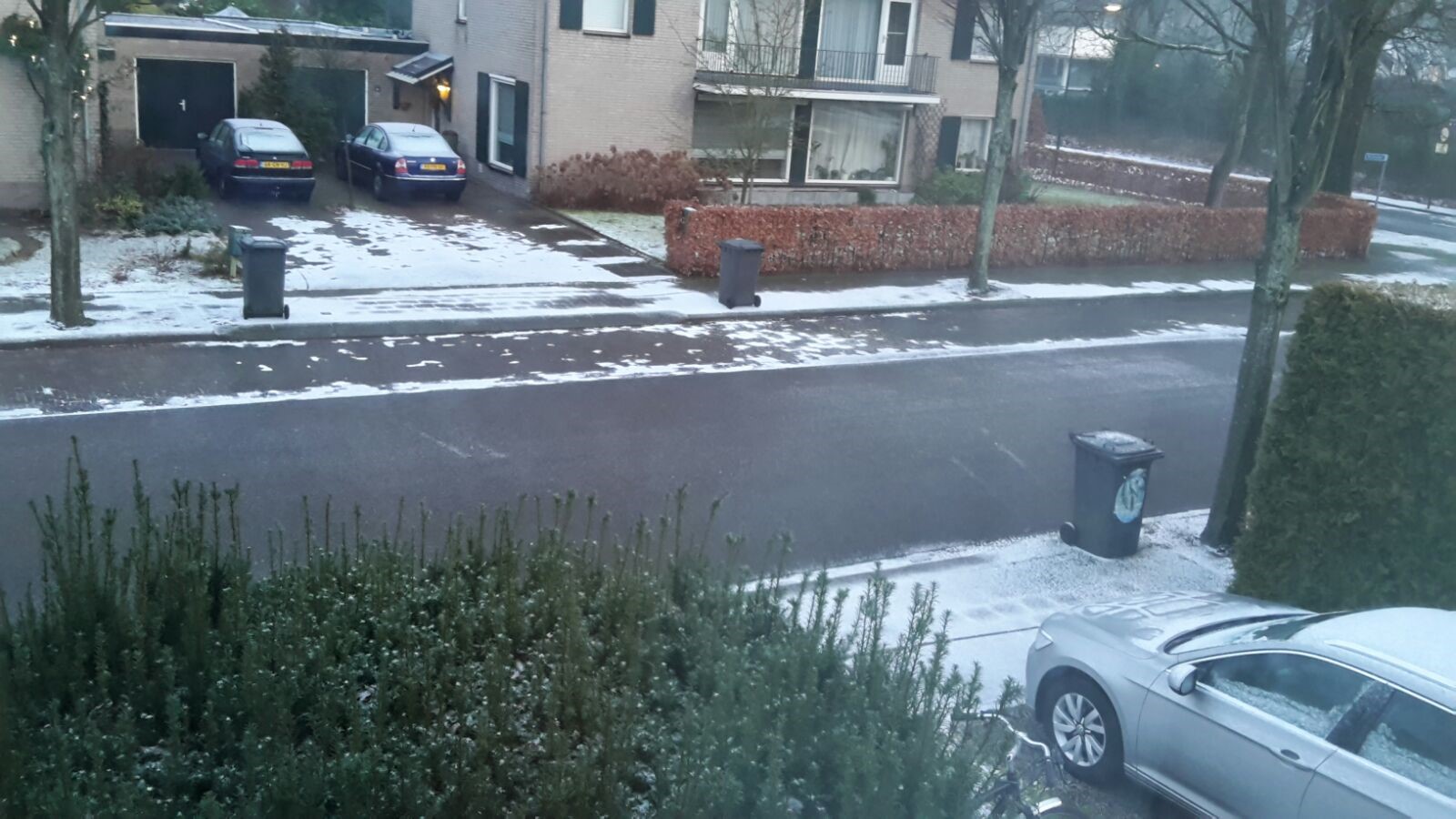Cardiologists at the Catharina Heart and Vascular Centre have recently started using a new technique to treat heart rhythm disorders. By using a strong local electrical field, scarring of the heart can be created. This so-called pulsed-field ablation or electroporation is already being used in a number of major hospitals in Europe. The Catharina Hospital is the second hospital in the Netherlands to make use of this new technique.
A cardiac dysrhythmia is when the heart beats irregularly. Atrial fibrillation is one of the most common cardiac dysrhythmias. The disorder can cause palpitations, irregular heartbeat, fatigue, shortness of breath, chest pain, or dizziness. “This patient group has a higher risk of blood clots that can cause a cerebral infarction or heart attack. The standard treatment, which we have been performing for over 20 years, is ablation,” explains cardiologist Dr. Pepijn van der Voort.
New form of energy
“Electrical stimuli ensure that the heart continues to work, but sometimes these electrical stimuli can disturb the heart rhythm. By means of heating – radiofrequency energy – or freezing – cryoablation – we make small scars in the heart tissue near the pulmonary veins to prevent arrhythmias,” Van der Voort explains. “The disadvantage of this technique is that it can also damage surrounding tissue, for example, nerves, blood vessels, and the oesophagus. This does not happen often, but if we can reduce these kinds of complications even further by means of this new technique, this new form of energy, then we will do it. The Catharina Cardiovascular Centre is continuously working to improve the care for our patients.”
Fewer complications
The new technique, pulsed-field ablation or electroporation, causes fewer complications and complaints. Van der Voort: “With the help of an electric field, small scars are made in the heart tissue where the arrhythmia arises, so that these stimuli are blocked. The new method is fast, effective, and has a much lower risk of complications. During the treatment, a catheter is inserted near the heart which delivers local short but strong electrical shocks. These shocks cause the death of only heart muscle cells around the catheter. The other cells and tissues are spared and we can therefore almost exclude any complications.
Source: Catherinaziekenhuis.nl
Translation: Anitha Sevugan
















